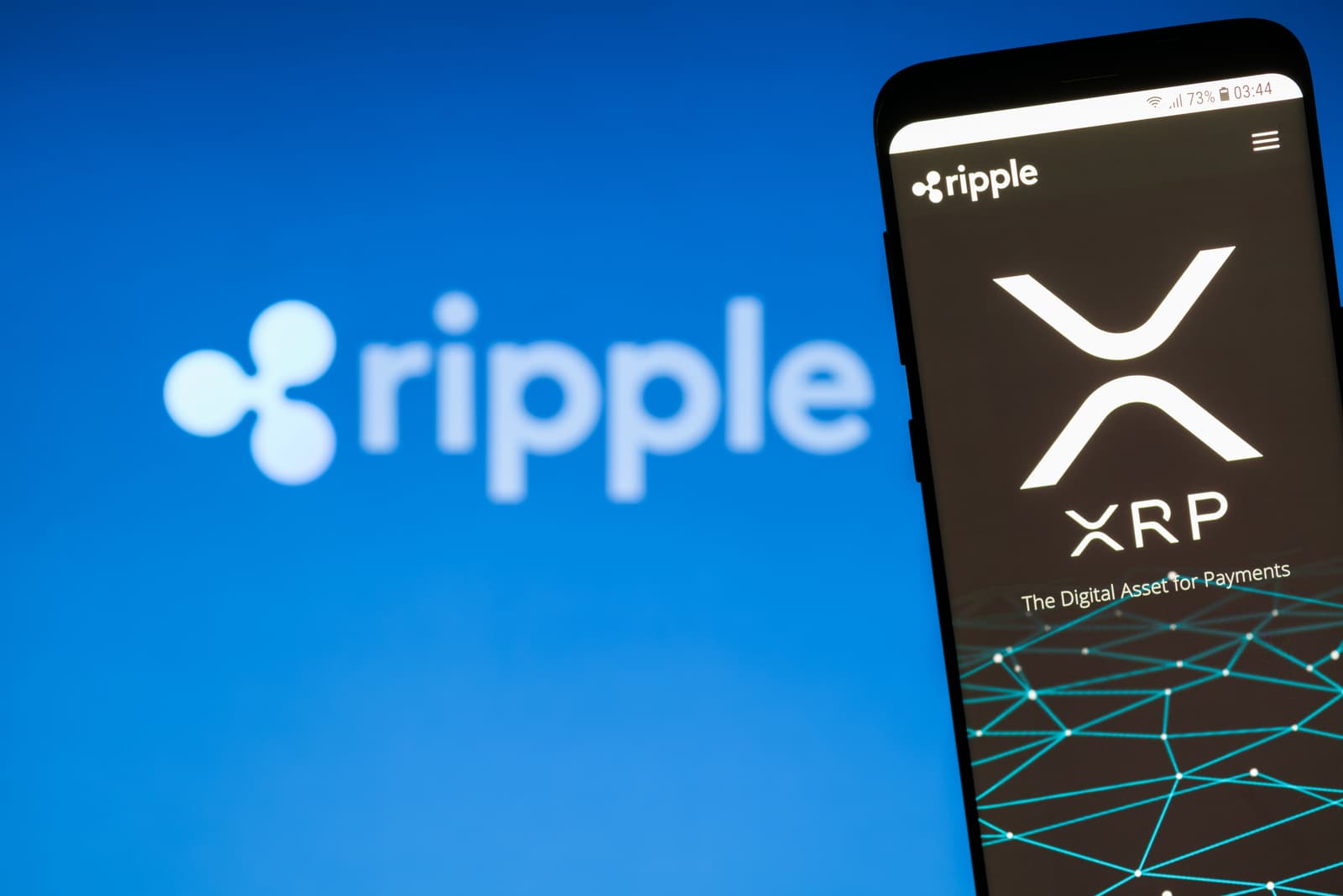According to a recent quarterly report from crypto analytics firm Messari, XRP not only held its ground but registered measurable growth in both market capitalization and on-chain activity. The performance contrasted starkly with the combined market value of major cryptocurrencies like Bitcoin (BTC), Ethereum (ETH), and Solana (SOL), which collectively fell by 22% over the same period.
XRP’s market capitalization increased by 1.9% quarter-over-quarter (QoQ), reaching $121.6 billion. Despite the modest growth in token price - just 0.5% during the quarter - the network's circulating market cap rose significantly, buoyed by a 1.4% increase in XRP's circulating supply. On a year-over-year (YoY) basis, XRP's market cap surged by 252%.
This performance sets XRP apart from its large-cap peers. BTC, ETH, and SOL collectively lost substantial market value in the same quarter, pointing to growing investor interest in alternatives amid shifting macro and regulatory conditions.
Growth wasn’t limited to market metrics. The XRP Ledger (XRPL) saw continued expansion across core network activity indicators for the second consecutive quarter - a trend not observed since Messari began tracking the network in early 2023.
Daily active addresses rose 142% QoQ to an average of 134,600. This growth indicates increased user engagement, with activity distributed across both new and returning wallets. New wallet addresses climbed 12% QoQ and 210% YoY, reaching 568,300 for the quarter.
A notable trend was the disparity between sender and receiver addresses. Daily active receivers surged 168% to 127,800, while senders grew only 14.5% to 34,300. Messari suggests this imbalance may be linked to airdrop activity, as passive wallet holders often become temporarily active recipients during distribution events.
Transaction volumes followed a similar upward trajectory. Average total daily transactions reached 2.04 million, a 13% QoQ increase. Payment-specific transactions bounced back after a previous dip, rising 36% QoQ to 1.12 million.
Decentralization Indicators Also on the Rise
Infrastructure growth added another layer to XRPL’s momentum. The number of active validator nodes jumped by nearly 970%, increasing from 886 at the end of Q4 2024 to 9,498 by the close of Q1 2025. This expansion could signal increased decentralization or preparation for new protocol upgrades and ecosystem tools.
On March 31, the XRPL EVM Sidechain testnet went live. Designed to enable Ethereum-compatible smart contracts within the XRP ecosystem, the sidechain aims to bridge XRPL's scalability with EVM developer tooling and DeFi ecosystems. A mainnet launch is scheduled for Q2 2025.
The EVM integration comes amid a broader industry push toward cross-chain compatibility and increased flexibility for application deployment. By allowing developers to build with Solidity on XRPL, Ripple Labs and its partners are targeting increased developer activity, particularly from teams familiar with Ethereum.
Strategic Acquisition: Hidden Road Deal
On April 8, Ripple announced its acquisition of prime brokerage platform Hidden Road for $1.25 billion. The move positions Ripple as the first crypto-native firm to control a licensed institutional brokerage service.
The deal is expected to further XRP's institutional adoption. Hidden Road has disclosed plans to integrate XRPL into its post-trade infrastructure and to use Ripple’s U.S. dollar-backed stablecoin, RLUSD, as collateral.
This acquisition appears designed to link XRP to broader financial market plumbing, possibly enhancing XRPL’s utility in prime brokerage, settlement, and collateral management. These functions are critical for institutional clients, and could open new on-ramps to XRP exposure through traditional finance mechanisms.
RLUSD Gains Traction as Native Stablecoin
RLUSD, Ripple’s stablecoin pegged to the U.S. dollar, also saw sharp growth in Q1. Issued on XRPL, RLUSD’s market cap reached $44.2 million, a 304% increase from Q4 2024.
The growing demand for RLUSD comes amid heightened interest in stablecoins with strong backing, transparency, and integration across DeFi and centralized finance platforms. RLUSD’s use as collateral within Hidden Road’s services could expand its institutional footprint.
The developments also reflect wider stablecoin trends, as regulated and enterprise-grade tokens gain traction amid tightening global rules around reserves, disclosures, and systemic risk.
Growing Institutional Partnerships
Further signaling institutional interest, Ripple announced new integrations with UAE-based financial firms Zand Bank and Mamo. Both firms are incorporating Ripple Payments into their cross-border settlement infrastructure.
The integrations aim to improve payment efficiency and compliance in a region known for its rapid fintech innovation and crypto adoption. These partnerships could position XRPL as a viable cross-border payment rail in regions with high remittance volumes and underdeveloped banking systems.
Macro Backdrop and Competitive Landscape
XRP’s relative outperformance in Q1 2025 must be viewed against a backdrop of market-wide retracement and regulatory uncertainty. While crypto markets were broadly down, demand for assets with real-world utility, lower volatility, and enterprise engagement held up comparatively well.
The growing relevance of regulated crypto infrastructure - including stablecoins, tokenized assets, and institutional-grade trading platforms - has led some market participants to reassess their positioning. With major players like Coinbase acquiring Deribit and Kraken rolling out regulated derivatives via Cyprus-based entities, XRP and XRPL developments represent one of several emerging strategies in a shifting landscape.
Final thoughts
The combination of on-chain activity growth, infrastructure expansion, institutional partnerships, and new ecosystem tools suggests that XRP is evolving beyond its legacy as a cross-border settlement asset.
Whether this evolution will sustain demand amid regulatory challenges and competition from Layer 1s and modular networks remains to be seen. Yet Q1 2025 marked a quarter in which XRP defied broader market declines, showing signs of diversification and resilience not universally shared by its peers.
The coming months will be crucial, particularly with the XRPL EVM sidechain expected to go live, further acquisitions potentially expanding Ripple's capabilities, and continued regulatory scrutiny shaping the future of crypto-market infrastructure.

